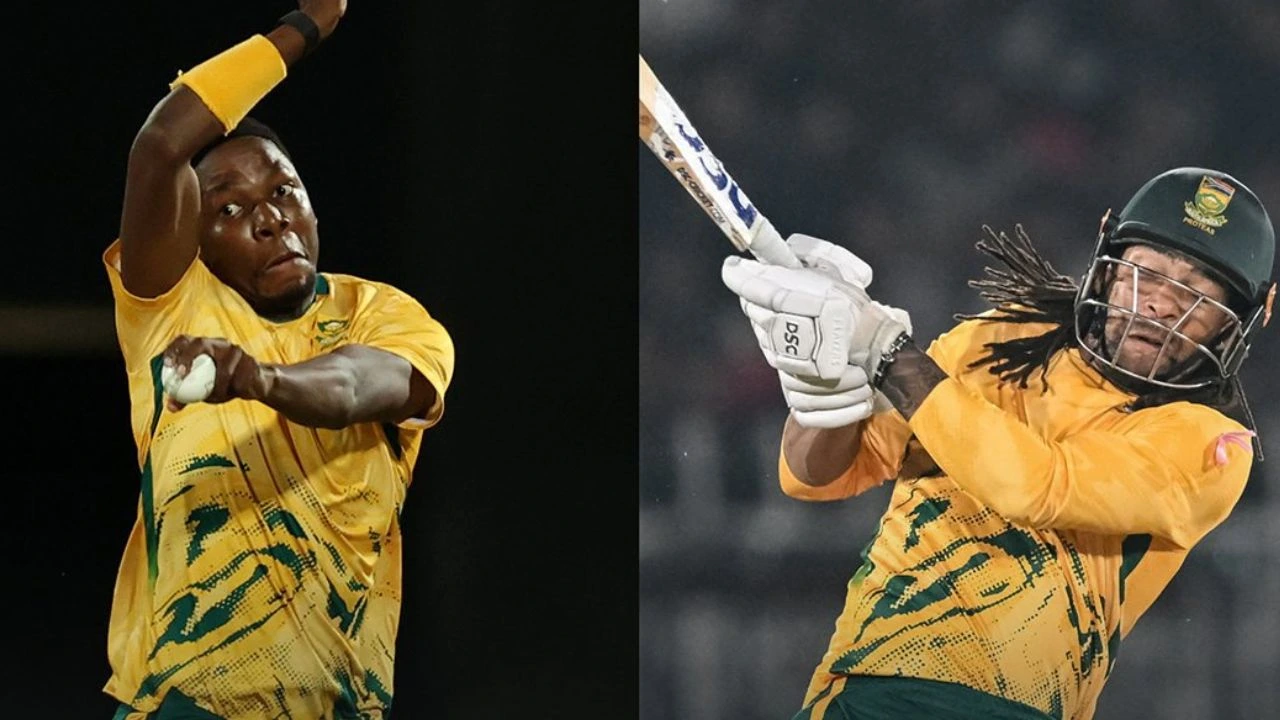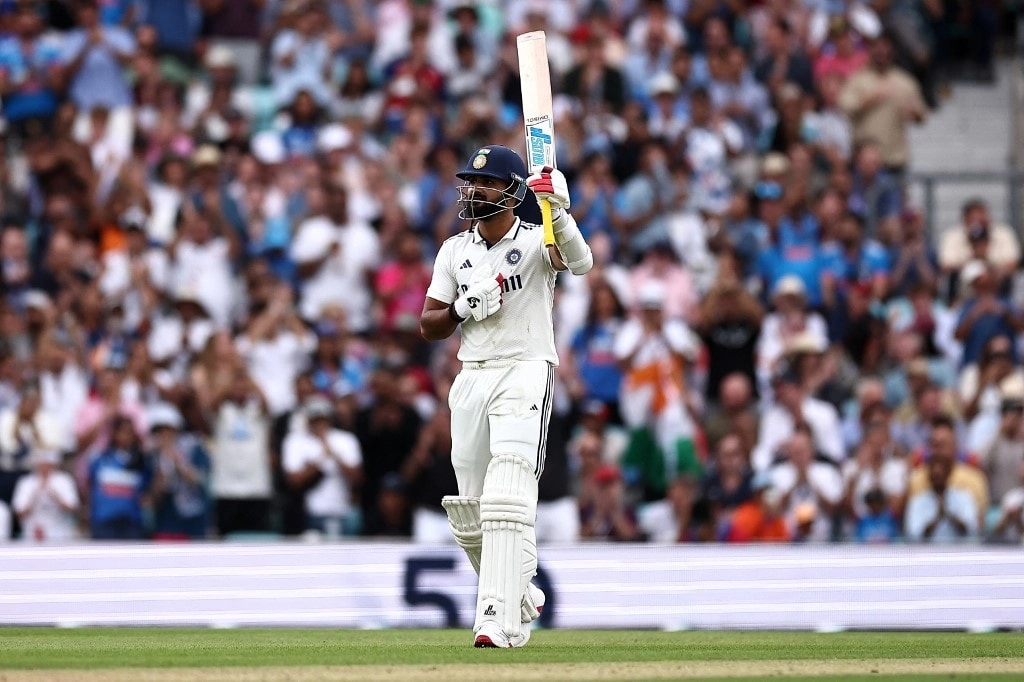As the highly anticipated 4th T20I between India and Australia approaches, cricket fans are keenly looking at the weather and pitch conditions at Carrara Oval in Queensland. The weather report indicates a mixed bag of conditions for the match day. While the forecast suggests the possibility of scattered showers, it also points to intervals of sunshine throughout the day. Temperatures are expected to hover around the mid-20s Celsius, providing a relatively comfortable atmosphere for players and spectators alike. However, the potential for rain does raise concerns about interruptions during the match, making it crucial for teams to adapt their strategies accordingly.
The pitch at Carrara Oval has been known to offer a balanced contest between bat and ball. Historically, it has favored batsmen, producing high-scoring matches, but bowlers also find opportunities, especially if they can utilize variations and maintain discipline. The surface is likely to be true, providing good bounce and carry, which can benefit fast bowlers in the initial overs. As the game progresses, spinners could come into play, particularly if the pitch starts to wear down. Teams will need to assess the conditions closely and consider their playing XI carefully, ensuring they have the right mix of pace and spin to exploit the pitch’s characteristics.
Moreover, the venue’s dimensions can influence the outcome of the match. Carrara Oval features straight boundaries that are relatively short, which can favor aggressive batting and lead to plenty of boundaries if the batters find their rhythm. Conversely, the longer square boundaries may challenge batsmen attempting to clear the ropes. As both teams prepare for this crucial encounter, understanding the pitch and weather dynamics will be key to formulating effective game plans. Fans can expect an exciting clash, with the potential for thrilling performances amid the unpredictability of the weather. Ultimately, both teams will be aiming to capitalize on the conditions to secure a vital win in the series.




